Help Yourself with the Best Wall Gas Oven
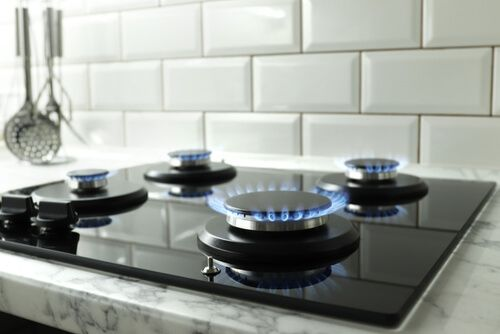
Wall ovens are more adaptable than standard ranges because of features like adjustable height and the ability to create unique layouts. Comparatively, wall ovens are more roomy than standard ranges. It’s possible that they’ll make better use of otherwise wasted counter space while also supplying a wide range of useful features that aren’t always included in a standard stove.
There are many different options to consider when shopping for a wall oven. Our buying advice for a wall oven may help you out here. It might help calm your nerves by outlining all the benefits and characteristics that are relevant to the circumstance.
Overview
Most modern best gas oven has the same capabilities as a range oven when it comes to baking and broiling. There has been a dramatic increase in the use of Wi-Fi connectivity and touchless control. Furthermore, many modern stoves and ovens include safety features that make them safer to use around children.
Wall ovens might be convenient due to the lack of a height requirement. Easy access to cooking and cleanup is guaranteed when you install them on a wall.
Some of the most crucial factors to consider are outlined below. Most may be swapped out for others of the same kind, allowing you to customise your model to your exact specifications.
In a Nutshell: Heaters of All Sorts
You can basically divide ovens into two categories: convection and thermal.
Heat-Based Ovens
Most people are familiar with thermal ovens, also known as traditional, conventional, and everyday ovens. They allow for bi-directional cooking by having a broiler on top and a baking element at the bottom. Most standard ovens are used, hence most recipes are written for them. If you don’t want to deviate from standard operating procedures and conventions, sticking with the tried-and-true approach of employing thermal ovens can be the easier alternative.
Radiant Heat Ovens
The hot air in a convection oven is recirculated by a fan, which is typically situated near the back of the chamber. As a consequence, the oven’s heat is better distributed. The convection oven may be used more like a traditional oven by turning off the fan.
Convection ovens are superior than thermal ovens because they heat food more rapidly and evenly. When using these appliances for the first time, you should be careful not to overcook or overheat the food.
Some convection ovens, known as “real convection ovens,” take the notion of convection cooking one step further. True convection ovens are another name for this kind of appliance. Due to the use of a third heating source located behind the fan, the convection mode often provides almost uniform temperature distribution throughout the cavity. It will be unnecessary to rotate the food or worry about where the racks should be put since the whole oven’s interior will be at the same temperature.
Setup and Combination
Certain varieties may be installed such that their surfaces are parallel to the surrounding cabinets. Some variations, known as proud installations, are designed to protrude from the wall by about an inch or 2.5 centimeters. Most of the time, a deeper cabinet depth is required for a flush wall oven. Whether you’re looking to purchase a wall oven, but aren’t sure if it will fit in your present kitchen, be sure to consult the manufacturer’s installation instructions. This will guarantee that you have no difficulties.
Leave a Reply
You must be logged in to post a comment.




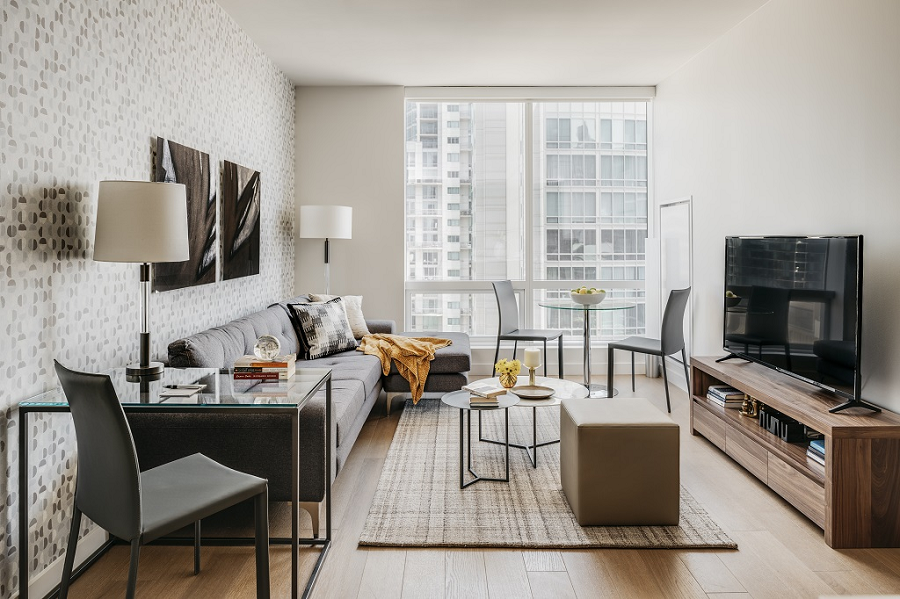




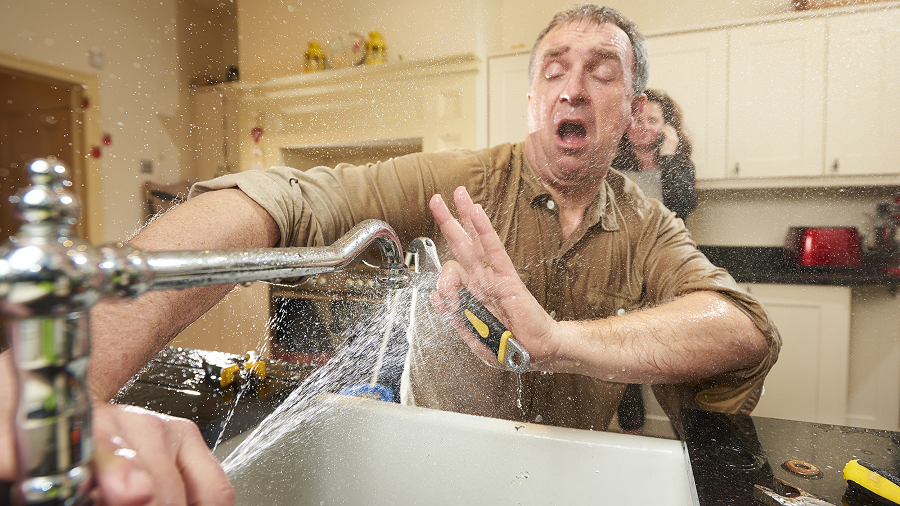

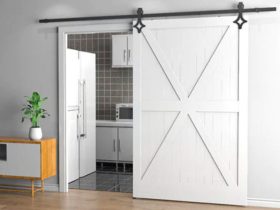

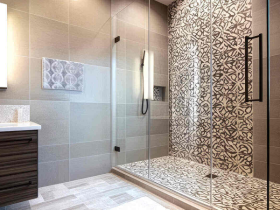
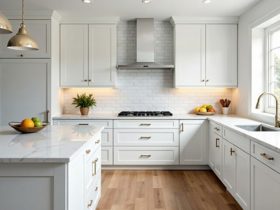

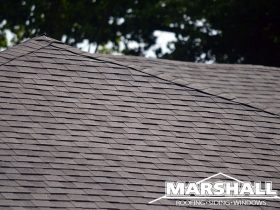
Leave a Reply